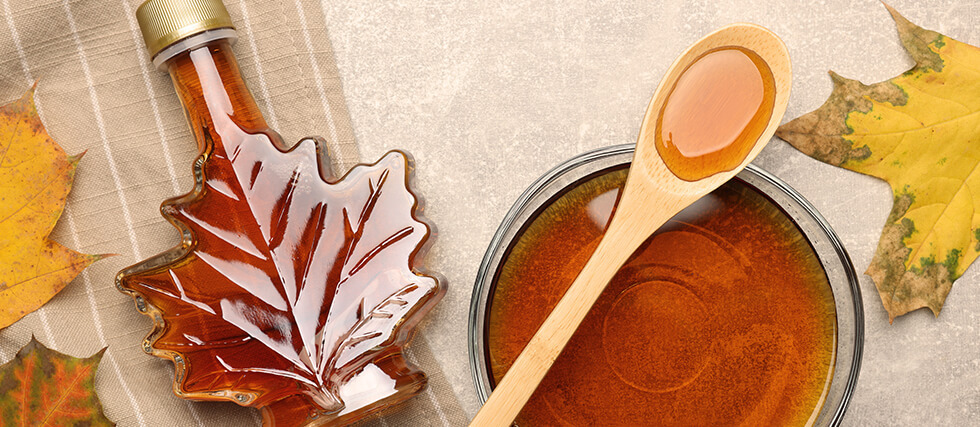Maple syrup isn’t just for pancakes anymore. According to a 2024 study in The Journal of Nutrition, replacing refined sugars with real maple syrup may support both heart and gut health. Participants who swapped just 5% of their daily calories from refined sugar to maple syrup saw lower blood pressure, improved blood sugar levels, less visceral fat, and an increase in healthy gut bacteria.
What sets maple syrup apart? Unlike refined sugar, it has a lower glycemic index and retains essential nutrients thanks to minimal processing. Two tablespoons pack nearly half your daily manganese—critical for metabolism and bone health—and 40% of your riboflavin needs, a B vitamin essential for energy production.
But not all syrup is created equal. “Pancake syrup” or “maple-flavored” products are often just high fructose corn syrup with artificial flavoring. To spot the real deal, look for labels that say “100% pure maple syrup.” The ingredient list should only contain pure maple sap. Grade A syrups (Golden, Amber, Dark, Very Dark) come from maple trees—darker ones offering more antioxidants and bolder taste.
Using maple syrup smartly means replacing, not adding. It can sweeten plain yogurt, oatmeal, or your morning coffee. You can also use it in baking—substitute ¾ to 1 cup of maple syrup for every cup of white sugar. For savory dishes, try it as a glaze for salmon or roasted vegetables. Athletes may benefit from maple syrup’s quick carbs, using it in pre-workout meals or natural energy drinks.
In short, maple syrup is more than a sweet topping—it’s a nutrient-rich alternative to refined sugars. Just be sure to use it in moderation and choose the real stuff.




